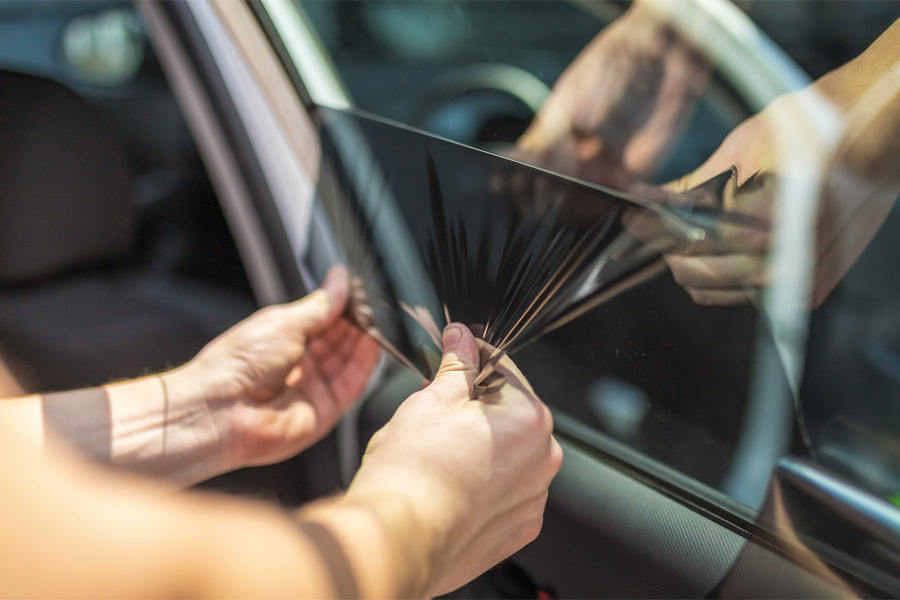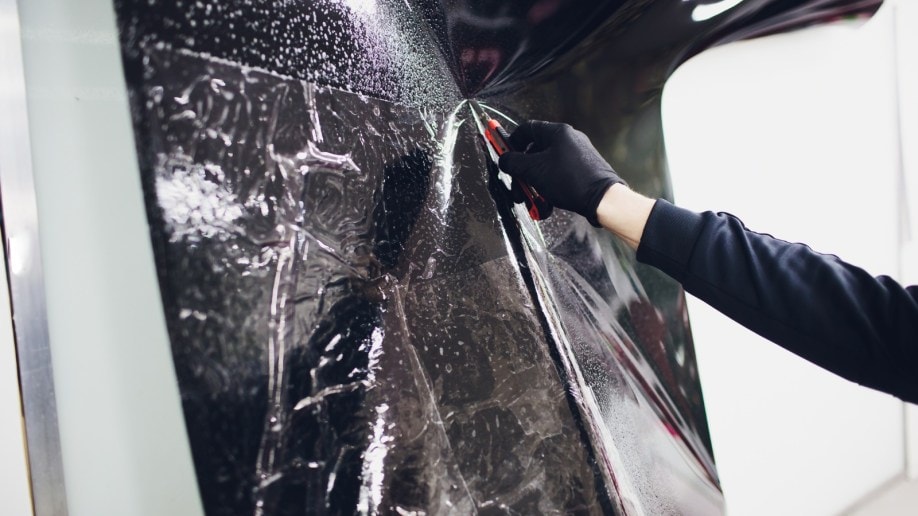Exactly How Car Window Tinting Safeguards Your Car's Interior
Exactly How Car Window Tinting Safeguards Your Car's Interior
Blog Article
Window Tinting Laws and Standards: What You Need to Know Prior To Tinting Your Automobile
Prior to continuing with home window tinting for your vehicle, it is essential to familiarize on your own with the diverse legislations and standards that regulate this method throughout different states. These regulations dictate the allowable degrees of color darkness, typically gauged by visible light transmission (VLT) portions, and include particular stipulations for front windscreens aimed at guaranteeing road security.
Introduction of Home Window Tinting Laws
Home window tinting laws are often subject to variation across various territories, reflecting neighborhood regulations and safety factors to consider. These legislations dictate the acceptable degrees of tint darkness and reflectiveness on car home windows, making certain that chauffeurs preserve adequate visibility while additionally shielding against unsafe UV rays and warmth.
Many guidelines categorize window tinting based upon the Visible Light Transmission (VLT) portion, which indicates the quantity of light that can go through the home window. Usually, lower VLT percentages symbolize darker tints. Laws commonly differentiate in between the front, side, and back windows, with more stringent restrictions related to the front windshield to improve safety for both the motorist and other road users.
Compliance with window tinting policies is important, as offenses can result in fines, obligatory removal of the color, and prospective increases in insurance coverage premiums. It is essential for automobile proprietors to familiarize themselves with regional regulations prior to proceeding with home window tinting installations.
State-by-State Tint Regulations
Comprehending the details home window tinting laws in each state is essential for lorry owners seeking to abide by the legislation. Each state in the united state has actually established its own collection of rules regulating home window tinting, which can differ dramatically. These regulations commonly determine the allowed levels of tint darkness, the kinds of home windows that can be tinted, and any clinical exceptions that might use.
For instance, states like California have stringent restrictions on color darkness for front home windows, while others, such as New Mexico, may allow darker colors. Additionally, specific states mandate particular presence percentages for different windows, including the windshield, front side windows, and rear windows. It is crucial for vehicle owners to familiarize themselves with their state's regulations to avoid possible fines or penalties.
Moreover, some states might call for a certification sticker to be positioned on colored home windows, showing compliance with state laws. Failing to comply with these policies not just runs the risk of lawful consequences however can likewise affect security and presence while driving. Vehicle owners must conduct extensive research study or get in touch with local authorities to guarantee complete understanding and conformity with state-by-state tint regulations.
Allowed Color Types and levels
Numerous lorry owners may be shocked to discover that enabled color levels and types vary extensively across different states. Each state has actually established its very own policies concerning the permissible darkness and reflectivity of window tint, commonly determined by Visible Light Transmission (VLT) percents. VLT describes the amount of light that can pass with the tinted windows; hence, a lower portion indicates a darker tint.

Furthermore, the kinds of tint materials enabled can vary, with some states forbiding mirror-like or metal finishes. It is crucial for car proprietors to acquaint themselves with their state's certain legislations to ensure conformity. Non-compliance can lead to penalties, required removal of the color, or other legal repercussions, making it crucial to comprehend these laws prior to continuing with installation.
Medical Exceptions for Tinting
While not all states provide allowances for clinical exemptions regarding window tinting, those that do identify the need for particular individuals to enhance exposure and convenience due to clinical problems. Various clinical conditions, such as lupus, skin cancer, and particular eye conditions, can make individuals specifically delicate to sunlight. As a result, these individuals may need darker colors to secure themselves from harmful UV rays and glow.

It is crucial to note that despite a clinical exemption, there might still be constraints on the level of color enabled. Compliance with state regulations guarantees that individuals are both safeguarded and within legal restrictions. Those considering medical exemptions ought to call their neighborhood Department of Motor Cars or comparable authority to recognize the procedures and needs required to use for an exemption properly.
Penalties for Non-Compliance
Stopping working to adhere to window tinting regulations can result in substantial charges, which differ by state. Police are encouraged to release citations for lorries that do not abide by the specified tinting guidelines. These fines commonly consist of penalties, which can vary from modest total up to numerous hundred useful reference bucks, depending on the severity of the violation and the state in question.
In some territories, duplicated offenses might lead to escalating fines or extra charges, such as necessary court looks. Non-compliance may require the elimination of prohibited tinting, frequently at the proprietor's expenditure. In severe cases, regular transgressors may face suspension of their automobile registration till conformity is accomplished.
Furthermore, insurance coverage implications may develop from obtaining multiple citations for window tint offenses. Insurers may see such violations as an indication of riskier habits, potentially leading to increased premiums or difficulty in protection.
To stay clear of these penalties, it is vital for lorry owners to familiarize themselves with their Our site neighborhood window tinting regulations and make sure that their vehicle complies (Window Tinting). This positive approach not just stays clear of lawful ramifications but likewise advertises road safety and security
Verdict

Most guidelines classify window tinting based on the Visible Light Transmission (VLT) percent, which indicates the amount of light that can pass through the home window. Compliance with home window tinting guidelines is vital, as violations can result in penalties, required removal of the tint, and possible increases in insurance premiums.Understanding the particular home window tinting policies in each state is important for automobile proprietors seeking to abide with the law. These laws often dictate the allowable levels of tint darkness, the kinds of home windows that can be tinted, and any type of clinical exceptions that may apply.
For instance, states like California have rigid constraints on tint darkness for front windows, while others, such as New Mexico, you can try this out might enable darker colors.
Report this page